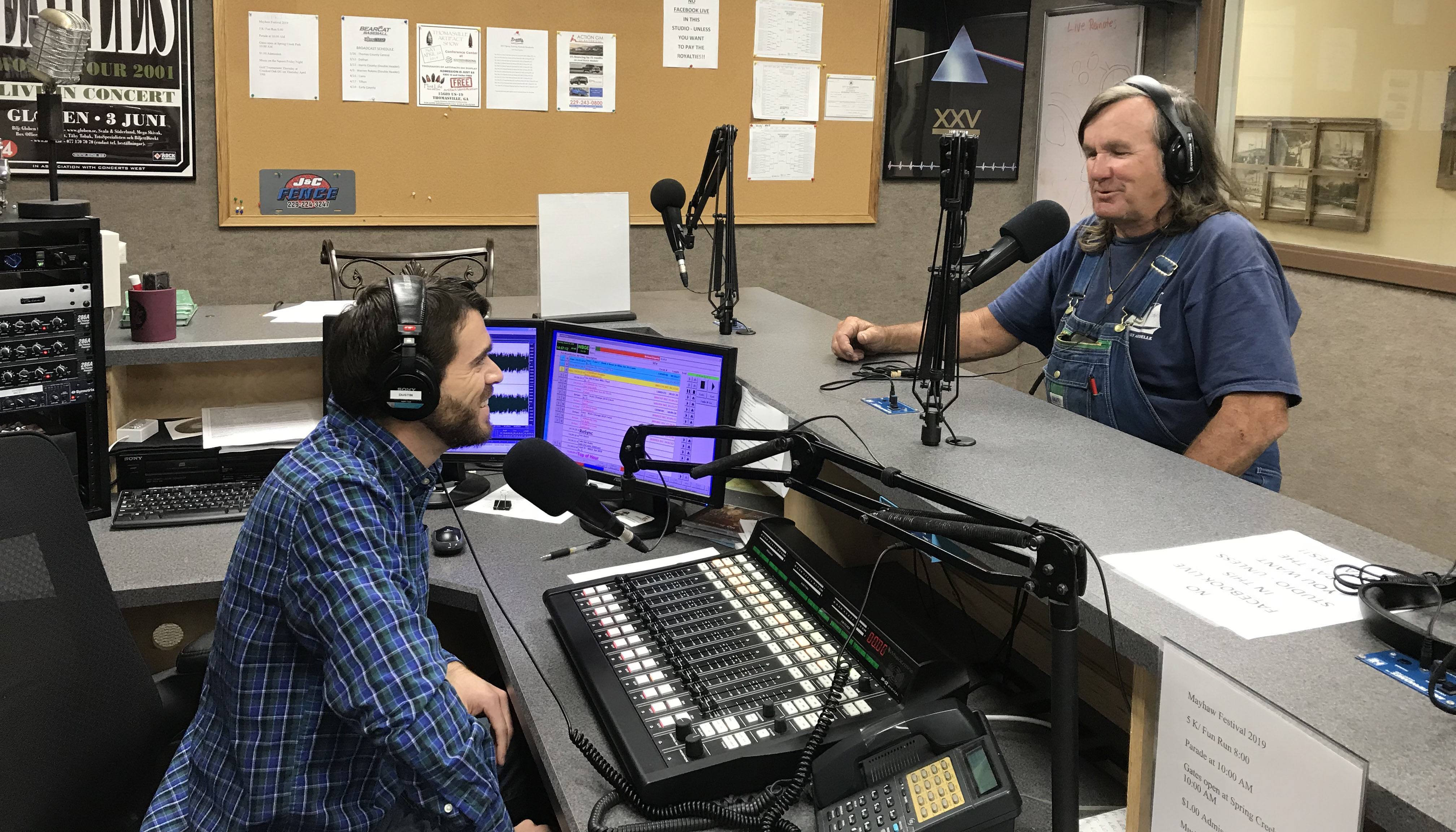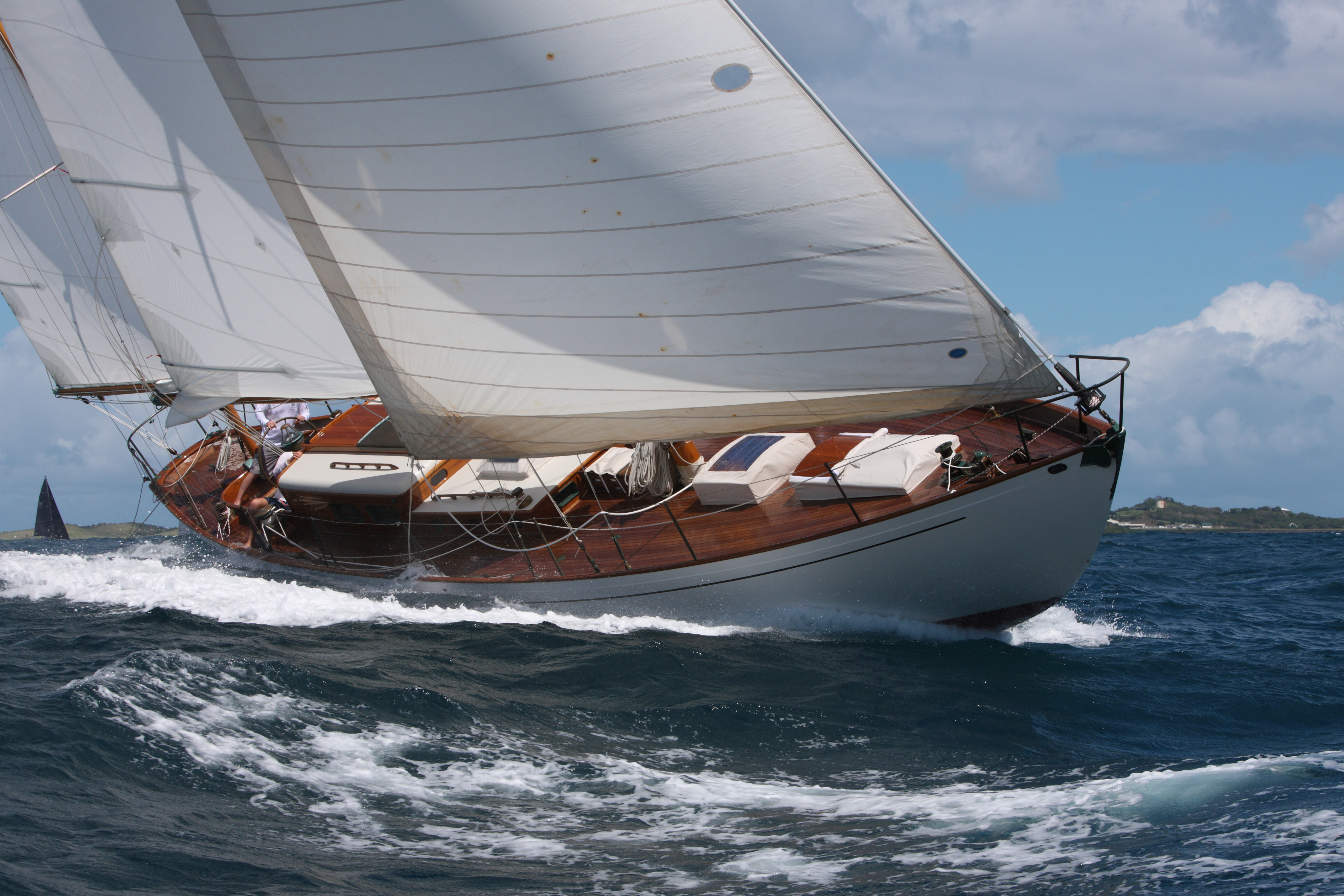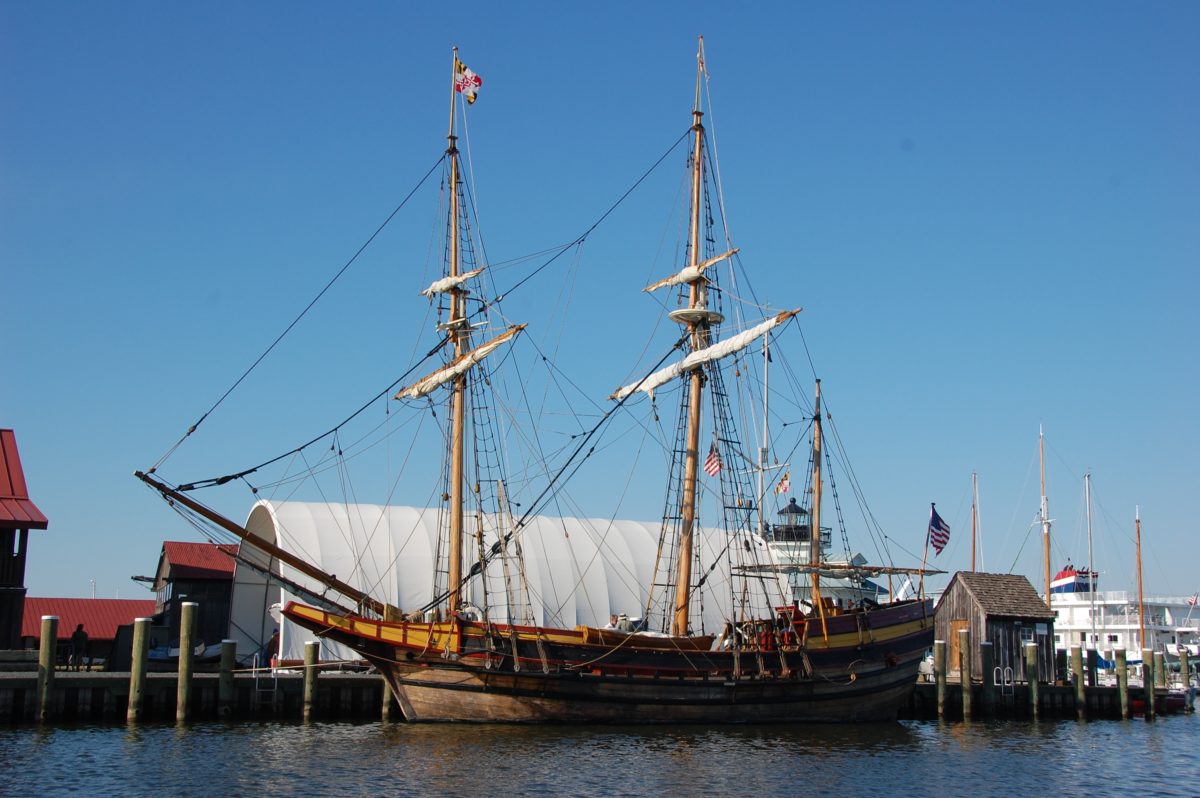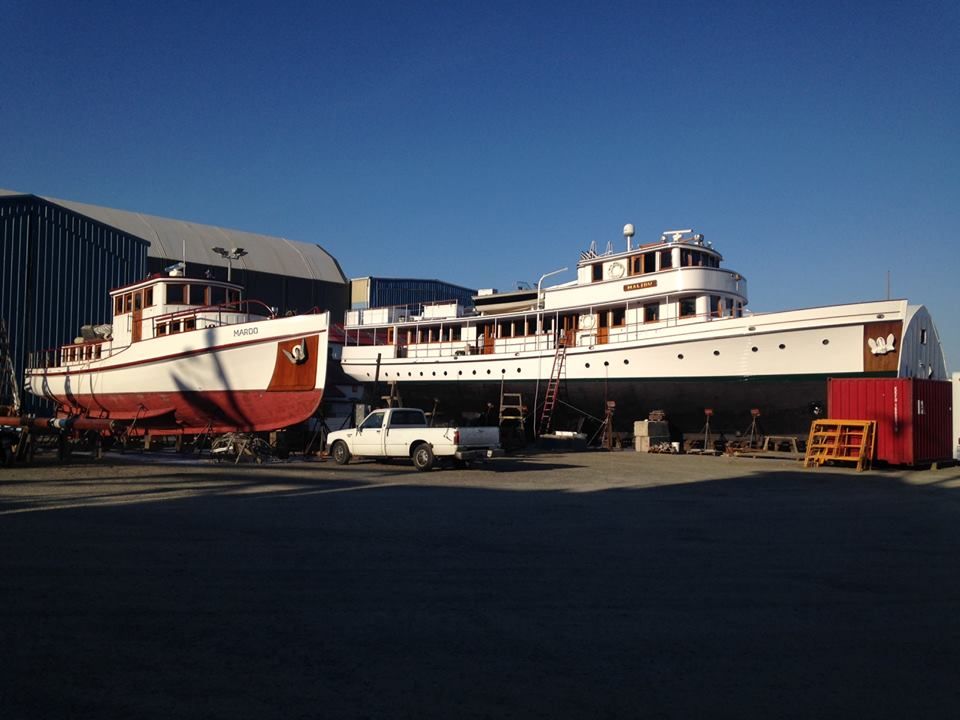
On March 27, 1794, the Third United States Congress passed and President George Washington signed the Act to Provide a Naval Armament – the first official legislative action that would provide the means to construct a maritime defense for the young United States of America. The Act specifically allocated $688,888.82 to build six frigates to provide protection for American merchant ships along the East Coast.

As part of the Act, the design of the ships was assigned to a man named Joshua Humphries – who specifically called for the internal construction of the ships to include the use of Southern Live Oak – most of which was harvested from the Atlantic Coast of Georgia. One of the original six frigates was the USS Constitution also known as “Old Ironsides” – an American vessel that defeated 5 English warships and still sails today (more than 200 years later).
“The ability of Live Oak to absorb shock and not be penetrated – most people recognize it as a significant part of history and the reason that maybe we won the War of 1812.” — Steve Cross
Today, ships are no longer constructed out of wood – unless they are historic replicas. However, the Live Oak’s place in history is as solid as the ships it built. That’s where Steve Cross and his unique sawmill in Iron City, Ga come in. Steve owns and operates Cross Sawmill – the world’s largest thin-kerf saw. Steve is also the largest supplier of Southern Live Oak for ship construction in the world. In fact, Steve’s first foray into the Live Oak supply for ship building is the focus of the first episode of our newest podcast – The World According to Steve (I’m not an idiot even though I may sound like one).
 When the Maritime Museum of San Diego wanted to reconstruct the San Salvador – the first European ship to land on the West Coast of the United States (1542), the ship builders were at a loss – the availability of Southern Live Oak was in question – where could they find it? Who could cut it? And was it even legal to use? Steve answers those questions and more during his interview with Dr. Ray Ashley, the President and CEO of the Maritime Museum of San Diego. The San Salvador is coast guard certified and operates out of the San Diego Harbor
When the Maritime Museum of San Diego wanted to reconstruct the San Salvador – the first European ship to land on the West Coast of the United States (1542), the ship builders were at a loss – the availability of Southern Live Oak was in question – where could they find it? Who could cut it? And was it even legal to use? Steve answers those questions and more during his interview with Dr. Ray Ashley, the President and CEO of the Maritime Museum of San Diego. The San Salvador is coast guard certified and operates out of the San Diego Harbor
Tune in and hear details about just how important Southern Live Oak is to the history of the United States, along with interesting anecdotes and historic tidbits.





Be the first to comment